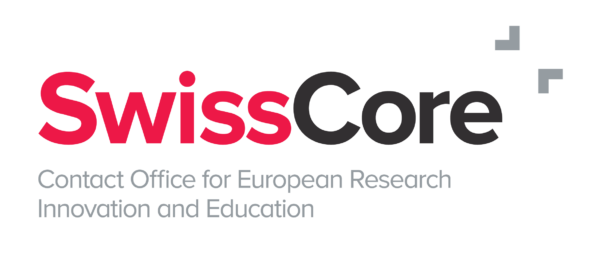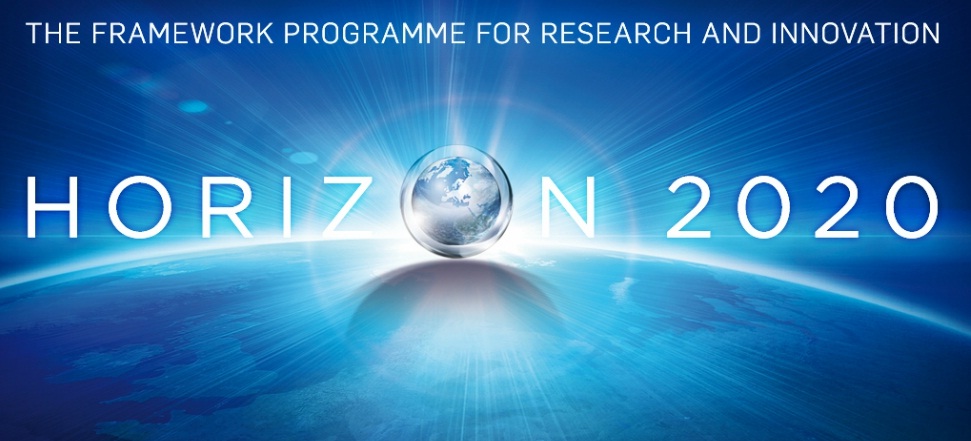The EC released its budget for the final year of H2020. This largest annual tranche will aim at more impact, but also generously cover fundamental research.
Horizon 2020 (H2020) is ending, and on 2 July, the European Commission (EC) announced the budget for the final year 2020. With EUR 11 billion, the budget represents the largest annual tranche of the 7-year framework programme. In line with the preparations for Horizon Europe, the EC will seek greater impact of the programme by setting a focus on fewer, but prioritised topics. Such topics will include climate change, clean energy, plastics, cybersecurity and the digital economy, and orient themselves on the EC’s political priorities. The EC has thus earmarked funding for projects contributing towards the transition to low-carbon and circular industries for a climate-resilient future, towards new capabilities in artificial intelligence (AI) against cybercrime and contributing to the EU Plastics Strategy.
In preparation for Horizon Europe, the budget also has EUR 1.2 billion reserved for pilots under the European Innovation Council (EIC). After a pilot of the pathfinder programme, which supports advanced technologies and early stage innovation, it is now the EIC accelerator pilot, which will test a grant and equity blending financing model to boost the transition of European scientific discoveries into businesses. With both pilots together, the EIC can cover the entire innovation chain.
Despite the stronger focus on impact, there is enough room in the final year of H2020 for curiosity-driven basic science. The annual work progamme 2020 of the European Research Council (ERC) was also adopted on 2 July, and will receive a total of EUR 2.2 billion in support. This is the biggest annual budget for blue-sky research and will enable the support of around 1’100 top researchers in Europe, mostly in their early or mid-career stages. A novelty under the 2020 work programme is the adjustment of the ceiling for extraordinary costs, which researchers can request. This ceiling is now at EUR 1 million for all starting, consolidator and advanced grant holders, while it stays at EUR 4 million for synergy grants. Another novelty is the online shop window, which the ERC introduced to link the recipients of their proof of concept grants to business angels, who can take the projects forward financially. Another boost into the careers of researchers is given with the Marie Skłodowska-Curie Actions, which will be supported with over EUR 1 billion in 2020.
In general, the final year of H2020 will set a stronger focus on international cooperation by investing over EUR 550 million in cooperation flagships of mutual benefit with third partners such as Africa, the US, Canada, Japan or China in respectively relevant areas. The work programme will also bring together actions on food and natural resources in interdisciplinary challenges preparing for the expected structure and content of Horizon Europe. On an operation side, the EC will further expand lump-sum pilots across work programmes to simplify the experience of participants.
Overall, we can expect a work programme paying tribute to the success of H2020 and paving the way for the years to come under the new framework programme Horizon Europe.

